Kids in This Naxalite Affected Region of Jharkhand Are Getting Access to Teachers Using Technology
Students in government schools of Giridih district in Jharkhand were suffering because of lack of teachers till the district administration came up with a one-of-a-kind programme and made smart classrooms available to them. This is how.
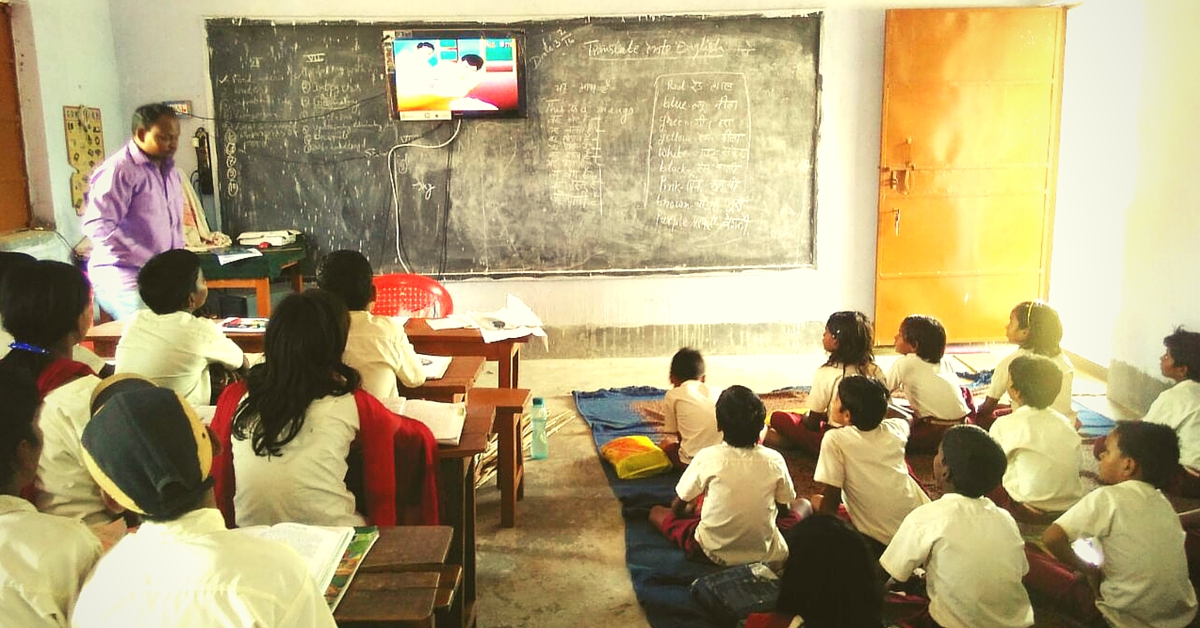
Do you think only private schools can boast of smart classes or virtual classroom lectures are only possible in IITs and IIMs? Then you must know about what’s happening in government schools of Giridih these days.
Giridih is a Naxalite-affected district in Jharkhand. It is an under-developed region and government schools in this district suffer tremendously from lack of teachers. In most middle schools, two classes are combined and all the students are taught together. In high schools, one can rarely find a science teacher for higher secondary students. Even if teachers are there, they are busy in non-teaching activities like paperwork that they are burdened with.
But the question that arises here is – why can’t we take help of technology and bring the world to these kids instead? In this era when so many things in the world are connected, isn’t that possible?
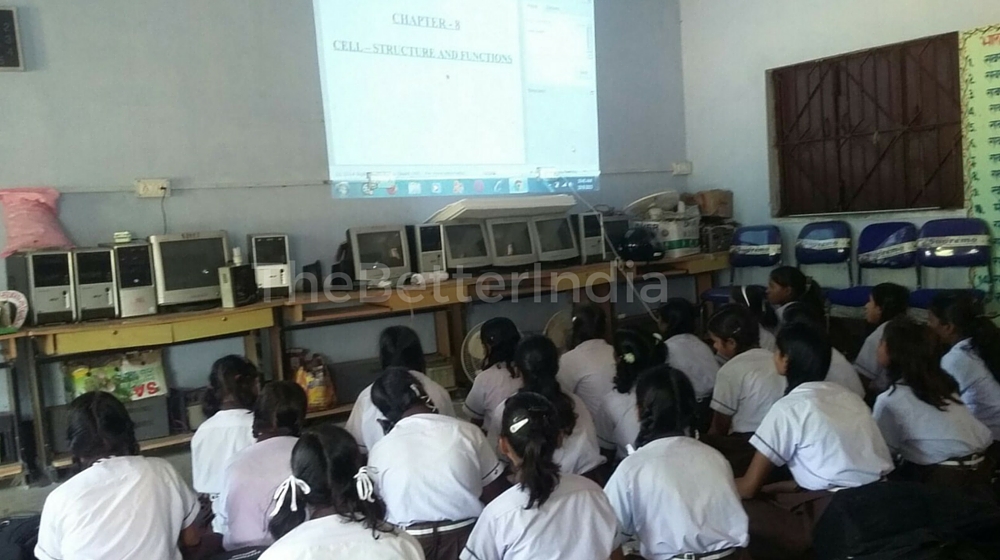
The District Informatics Officer (DIO) of Giridih, Shiv Charan Banerjee, repeatedly kept asking himself this question because he was aware of the infinite possibilities that internet and technology could bring into our classrooms.
And this ultimately led to the development of a one-of-a-kind programme called Disha.
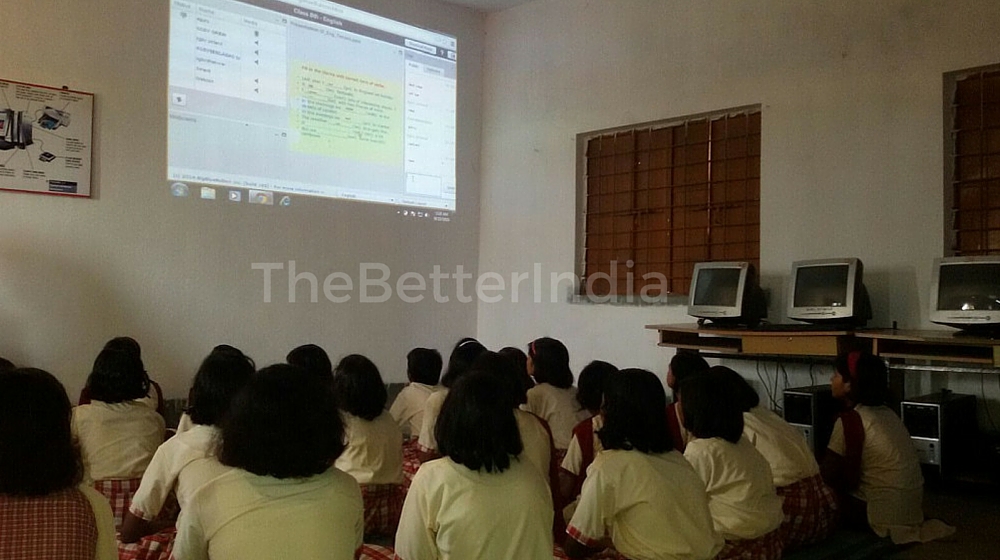
In 2012, the district administration led by the then Deputy Commissioner Diprava Lakra and the DIO, initiated a virtual classroom programme to deliver live online classes in 30 schools. Under this programme, experienced and skilled teachers came to a studio and delivered live lectures to students. In the beginning, the DIO and several SSA officials took classes as well. And after a page was launched on Facebook in 2015, volunteers from all over India and abroad started teaching online. The teaching volunteers and schools connect through a Skype-like application provided by National Informatics Centre and sessions are recorded for later viewing too.
The teacher can interact with the students through a live chat box.
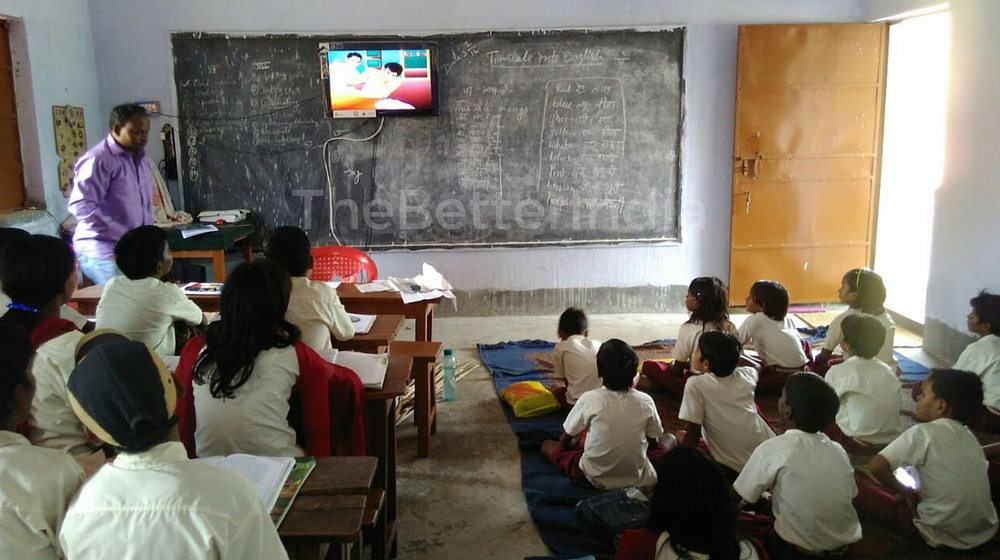
However, as the online program is dependent on the internet, several schools were facing issues in logging in and expansion was also not possible to schools in remote areas. This is when the new Deputy Commissioner decided to start an offline program too.
The offline smart class program was launched in 36 high schools on April 9, 2016 by Deputy Commissioner Uma Shankar Singh. The target is to launch it in all 43 high schools, 12 Kasturba Gandhi High Schools and 20 middle schools in the district before summer vacations begin. The offline classes include content on math, science and English for Classes 3-12. The district unit of NIC collated the content from various free online websites as well as recorded lectures from Kanker, Chhattisgarh. Apart from educational content based on the NCERT syllabus, videos are also included on general awareness like health and hygiene, child labour, child marriage etc.
Schools are also instructed to show an educational movie each Saturday.
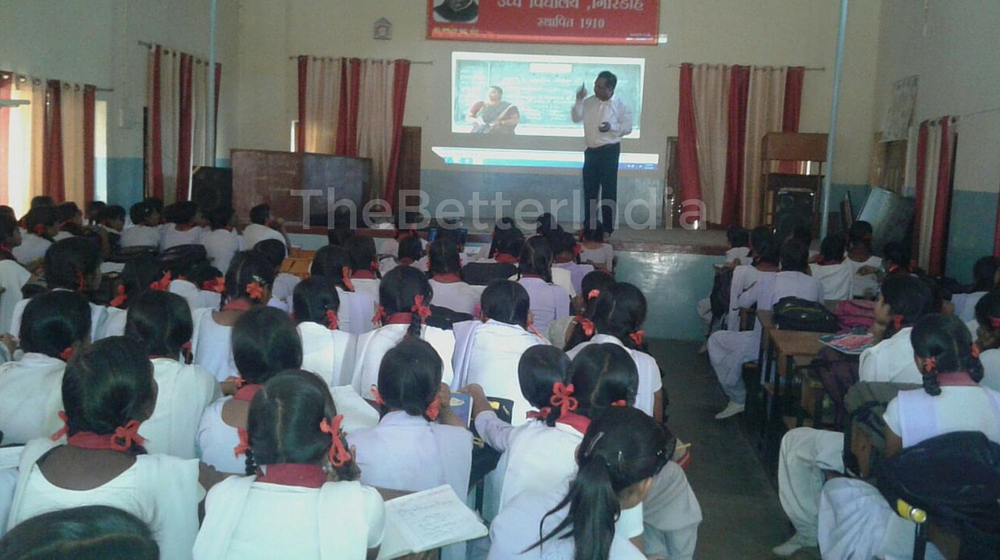
The intention is to introduce students as well as the teachers to the use of technology in education, use audio-visual medium to help the students understand concepts and introduce fun in schools. Also, in higher classes, students can use the videos for self-learning even in the absence of teachers.
The Deputy Commissioner has also stressed on the need to monitor and evaluate the program every few months. The district is in the process to launch a mobile app to collect data regarding quality of education in schools and it will also capture data on smart class usage in schools. Another noticeable fact is that the district is running this program without any external funds as the schools buy hardware from their development funds only. This program can run in any other district with little effort from the education department.
-Smita Routh
Like this story? Or have something to share? Write to us: [email protected], or connect with us on Facebook and Twitter (@thebetterindia).
If you found our stories insightful, informative, or even just enjoyable, we invite you to consider making a voluntary payment to support the work we do at The Better India. Your contribution helps us continue producing quality content that educates, inspires, and drives positive change.
Choose one of the payment options below for your contribution-
By paying for the stories you value, you directly contribute to sustaining our efforts focused on making a difference in the world. Together, let’s ensure that impactful stories continue to be told and shared, enriching lives and communities alike.
Thank you for your support. Here are some frequently asked questions you might find helpful to know why you are contributing?


This story made me
-
97
-
121
-
89
-
167













